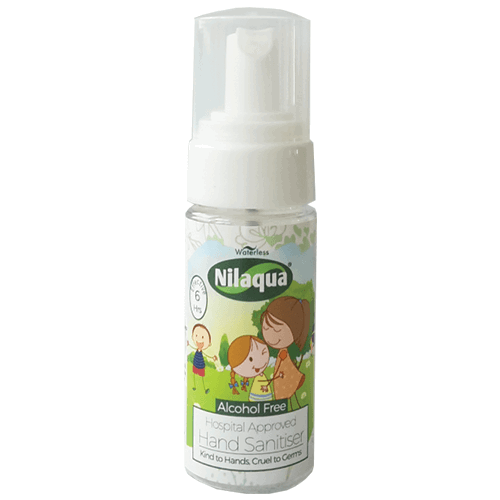How to Choose Safe Hand Sanitisers for Kids
As guardians and parents, it’s within our natural instinct to keep our kids protected always, whether they’re right by our side, a foot away, or as far as a thousand miles away. But with the novel coronavirus still out there and kids returning to school, there’s only so much we can do. However, by taking the right precautions such as choosing an alcohol-free hand sanitiser, disinfecting their stationery sets, and providing them with a good nose mask.
We know you might be wondering “Why not an alcohol-based hand sanitiser?” Well, kids have a habit of putting their hands in their mouths at every given opportunity. And ingesting this sanitiser can cause poisoning.
But not to worry, there are several other effective and safe hand sanitisers you can get for your kids without putting them at risk. Let’s show you how to select the safest options.
Alcohol Concentration
Alcohol is the best ingredient for hand sanitisers when it comes to killing germs. But for kids, high concentration could be dangerous. So, stick to hand sanitisers that have less than 60% concentration. If you’d rather use a hand sanitiser that has zero alcohol, buy the Nilaqua Hand Sanitiser. With it, you can get all the protective action of an alcohol-based sanitiser while avoiding all the risks.
Skin Sensitivity
The sensitivity of your child’s skin will also determine their choice of hand sanitisers. Children with highly sensitive skin might have to deal with eczema and dry & itchy skin if they use alcohol-based sanitisers. Your child might completely dread the idea of hand sanitisers if they have to deal with skin irritations. So, choose hand sanitisers that have skin protective ingredients and essential oils.
Sanitiser Packaging
Sanitisers that look like some kind of edible liquid and which are placed with kids' favourite foods or snacks can be extremely risky. Most small children may not be able to tell the difference and will most likely ingest it thinking it’s edible – this could lead to poisoning. Instead, go for hand sanitisers with packaging that looks nothing like their food or snack packaging, it’ll be easier for them to tell and reduce the risks of ingestion.
Size and Weight
Hand sanitisers for kids are meant to be portable. Big enough to be held and used, small enough to fit into their backpacks without taking up much space or adding too much weight. So, consider the size of the sanitiser when choosing one. Better still, buy a bigger size and pour it into smaller bottles to monitor how much your child uses a day. This way, you can easily detect if they’ve ingested or probably waste it. Either way, it’s a proactive step to take in keeping your child safe.
Conclusion
Choosing a safe sanitiser can be tricky, but with the above tips, you get to give your kid the safest option to use. Most importantly, teach them how to use the hand sanitiser, so they know not to ingest it or put it in their eyes. Also, it is important that you read the label for extra precautions and look out for FDA-approved products only.
